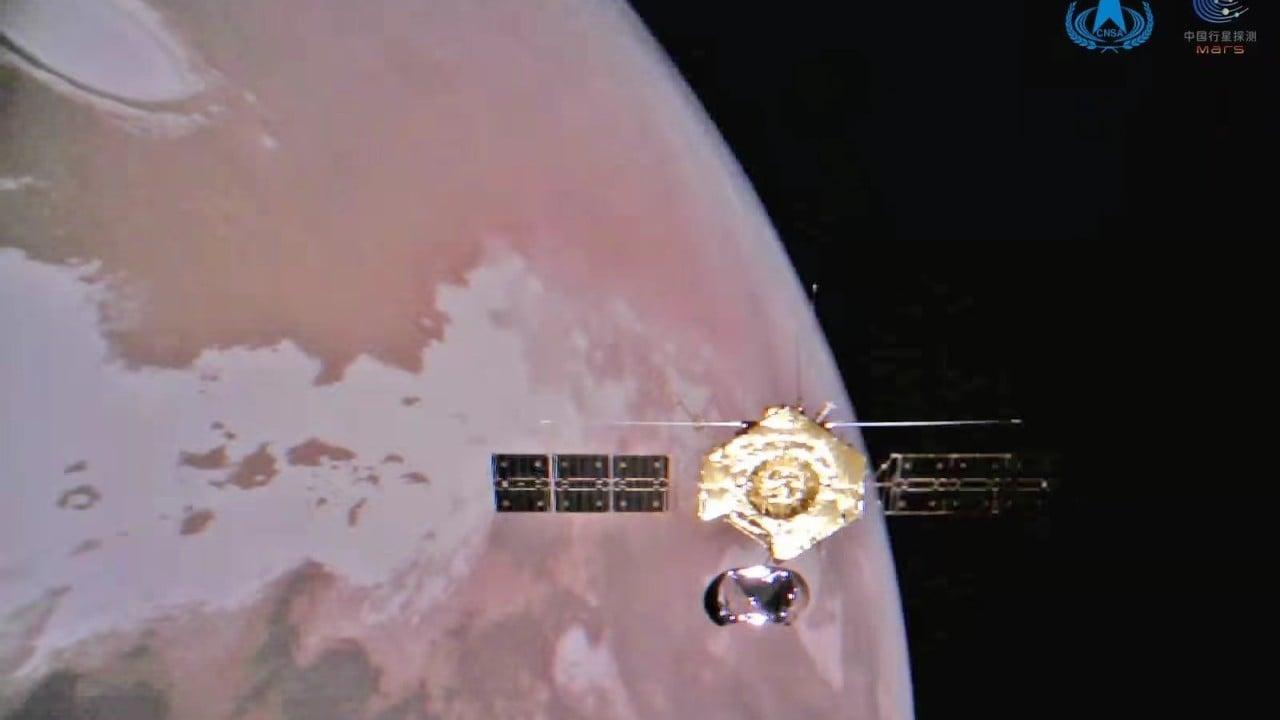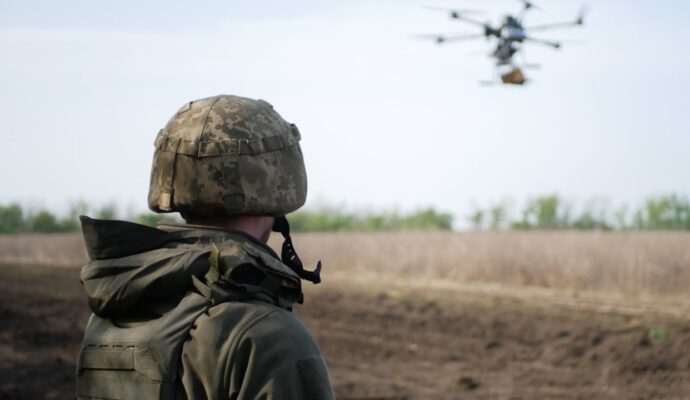
After entering Martian orbit in February 2021, the spacecraft photographed preselected landing areas in Utopia Planitia, a large plain, and helped with the successful touchdown of a lander and a rover three months later.
By the end of June 2022, the Tianwen-1 orbiter had circled Mars 1,344 times.
It also supported data relay between the Zhurong rover and Earth and has conducted global remote-sensing surveys of Mars at a lower orbit, the CNSA said.
The solar-powered Zhurong rover, which was originally designed to run for three months, spent a year travelling a total of 1,921 metres (6,302 feet) over the Martian surface before entering hibernation because of the cold winter in May 2022.
Zhurong remains asleep after failing to wake up as expected earlier this year when spring arrived on Mars, according to China Space Daily. During a public talk on April 15 in Beijing, the rover’s chief designer Jia Yang noted that “we can’t rule out the possibility that Zhurong will never wake up”.
The images have helped scientists identify many geographical features on Mars. Photo: CNSA
More details about China’s Mars sample return mission were revealed during the International Conference of Deep Space Sciences in Hefei on Saturday.
The Tianwen-3 mission, which is expected to launch around 2030, aims to bring back at least 500 grams (1.1lbs) of rocks from the surface of Mars by scooping, drilling and remote sampling, said the mission’s chief designer Liu Jizhong at the conference.
Chinese scientists are still looking into possible landing sites that would help them address questions regarding signs of life on Mars and maximise scientific returns.


